- Solar energy blog
- How circular is the UK solar industry in the face of significant growth?
How circular is the UK solar industry in the face of significant growth?
How exactly can the UK solar sector become circular? Discover the key takeaways from a spotlight report by the University of Exeter’s Circular Economy Hub.


Gonzalo de Blas
Territory Manager UK&I and China
Multilingual business development professional with an international background. Motivated and looking to do my bit in making the world more sustainable.
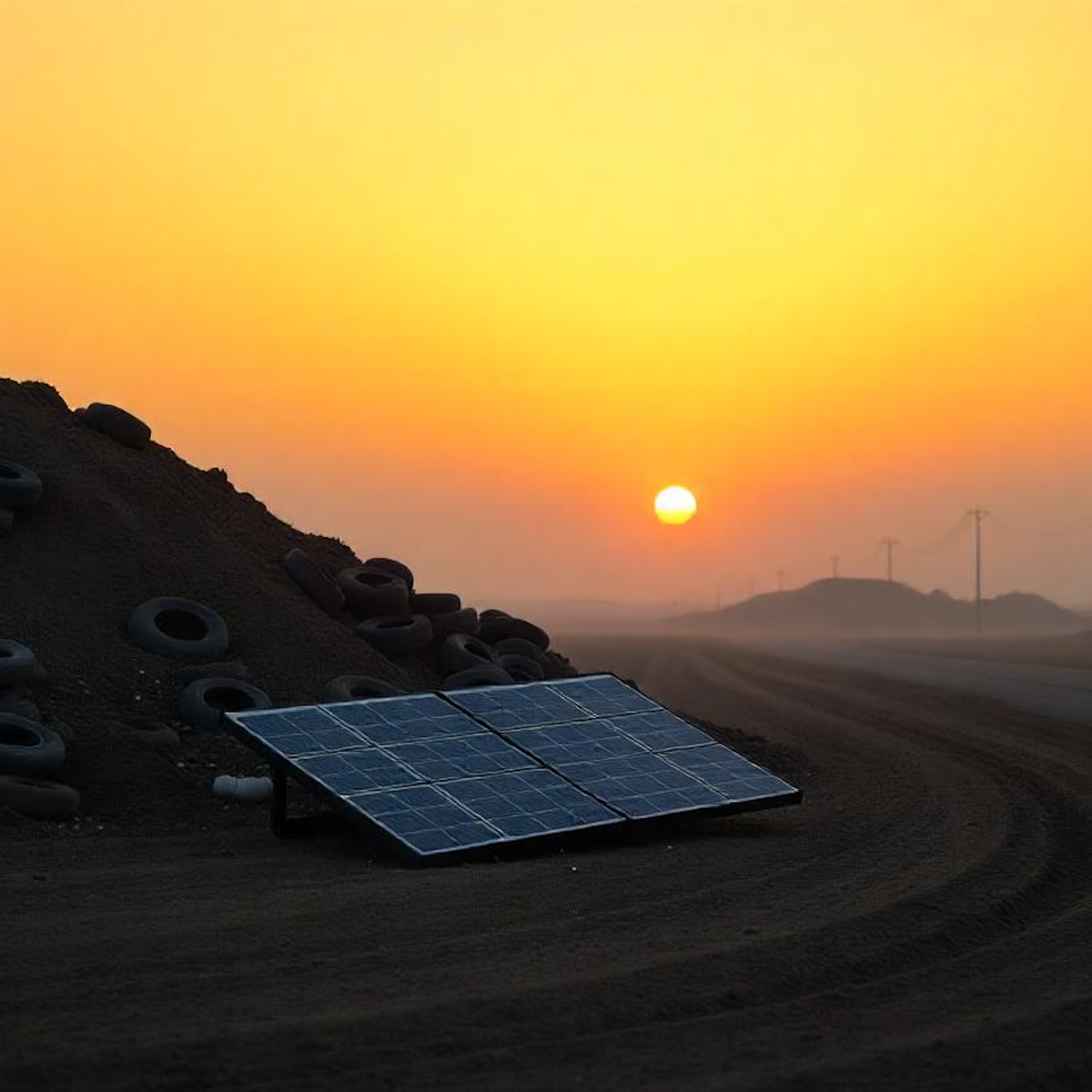
Content
The UK’s $3.9 billion solar industry powered ahead in 2024, reaching 17GW in installed capacity and creating more than 13,000 jobs.
However, this rapid growth has created an environmental challenge. Solar installations across the nation are estimated to contain about 152,523 tons of aluminum, 8,745 tons of copper, and 667,947 tons of glass.
While it’s crucial for the UK to reach its 70GW solar goal by 2035, addressing potential environmental consequences is equally critical. Industry analysts recommend shifting from linear consumption to a circular economy, a model that minimizes waste, extends product lifespans, and enhances material recovery while creating economic and social benefits.
How exactly can the solar sector become circular? This blog highlights key takeaways from a spotlight report by the University of Exeter’s Circular Economy Hub (part of the larger NICER program).
Want to learn more about global renewable trends? Download the 2025 Renewable Energy and Solar Research Report to unlock essential insights on the renewables industry. With expertise from our survey and data from solar simulations on RatedPower, the Report explores trends, challenges, and solar design preferences.
What is a circular economy?
Circularity in solar focuses on efficiently using resources through three key phases:
Inflow phase – It starts with using sustainable materials to manufacture solar panels that are durable, recyclable, and easy to repair. Prioritizing this from the outset ensures longer panel lifespans and reduces resource consumption throughout the product lifecycle.
In-use phase - Once the solar panels are installed and operational, they need to be maintained to maximize their efficiency and lifespan. Timely and proactive repairs keep the panels at peak performance and reduce the need for frequent replacements, thus conserving resources.
Outflow phase - At the end of their life, solar panels should be decommissioned appropriately using advanced recycling and closed-loop systems. These methods recover valuable materials from old panels and reintroduce them into the production cycle, effectively closing the loop and sustaining the resource supply chain for future production.
What are the benefits of a circular economy for the UK solar industry?
A circular solar industry will benefit the planet, business, and people. Here are some of its benefits:
Enhances resource security and supply chain resilience
The UK relies on imported materials to build solar panels, making its PV industry vulnerable to price swings and global shortages.
A circular economy changes this. Domestic material recovery (recycling and reusing materials within the UK) can help protect the solar industry from external shocks and bolster supply chain resilience. Less exposure to international market fluctuations ultimately stabilizes electricity prices for consumers.
Reduces waste
Without intervention, an estimated 1.2 million tons of solar panel waste could end up in landfills by 2050. A circular approach can prevent this by circulating valuable materials within these panels, particularly aluminum, copper, and silver. Advanced repair and recycling strategies can salvage end-of-life PV components and reintroduce them into the manufacturing process.
Resource recovery has a ripple effect that creates synergies across multiple sectors. For example, a NICER-funded project has found that recycled carbon black from old tires can be used in solar panels. This discovery could create a sustainable market for 29 million tons of annual tire waste that would otherwise go to landfills and incinerators.
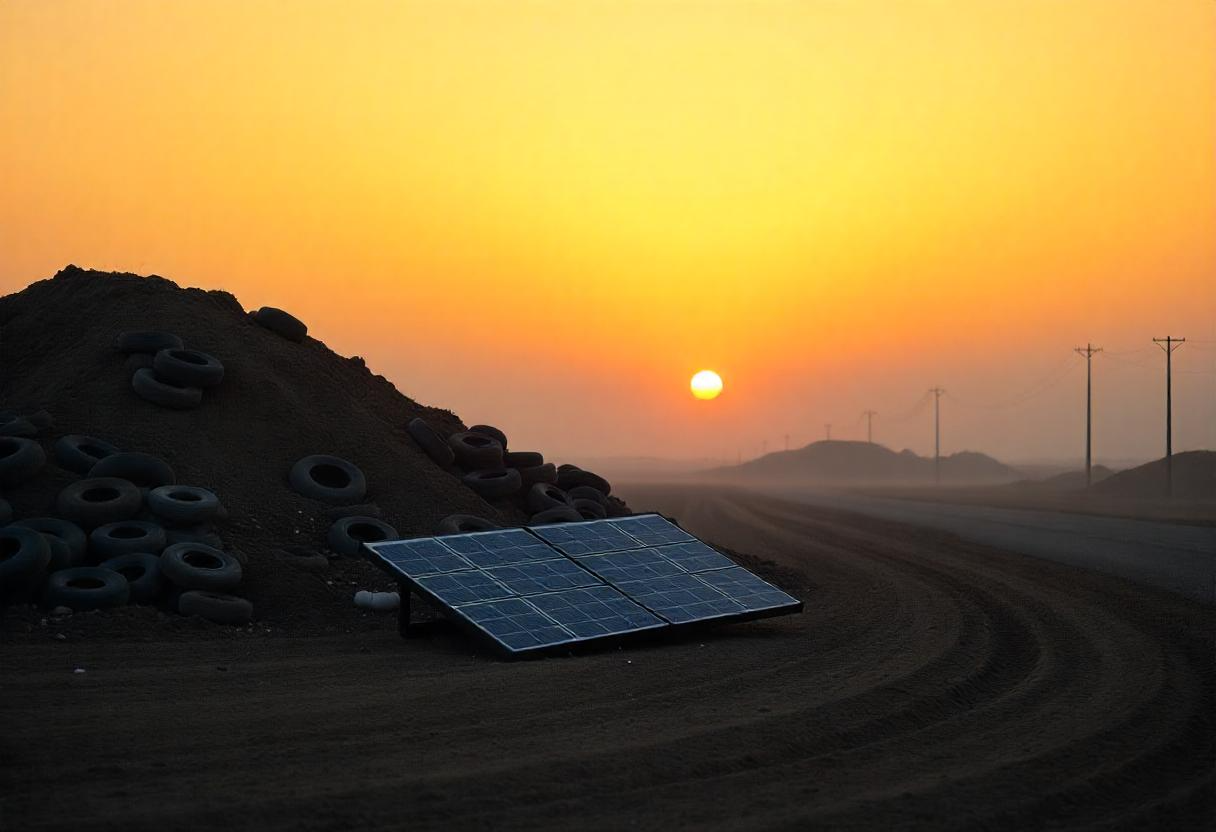
Retains material value and improves recycling rates
The CE model is economically viable. Extending solar panel lifespans keeps over $2 billion worth of aluminum, copper, and silver in use, and boosting recycling rates can generate an additional $370 to $460 million in recovered material value. These activities not only conserve resources but also fuel growth in the repair and recycling sectors.
Stimulates economic growth via job creation and business opportunities
Transitioning to a circular economy will create more jobs in panel refurbishment and reverse logistics. These skilled roles will provide long-term employment across the UK, supporting local economies and reducing reliance on foreign labor.
Makes solar energy more accessible
Refurbishing and reusing older solar panels can make solar energy more affordable and help the UK meet its clean energy goals. Durable and repairable panels also last longer, so large-scale operators and individual consumers can get more years of use from their initial investment.
Supports environmental and public health
By reducing the demand for virgin resources, the circular model minimizes the environmental footprint of PV panels across their lifecycle. This means less habitat destruction from mining, less air pollution from factories and transportation, and less water contamination from industrial runoff. These improvements in environmental quality eventually lead to better public health outcomes.
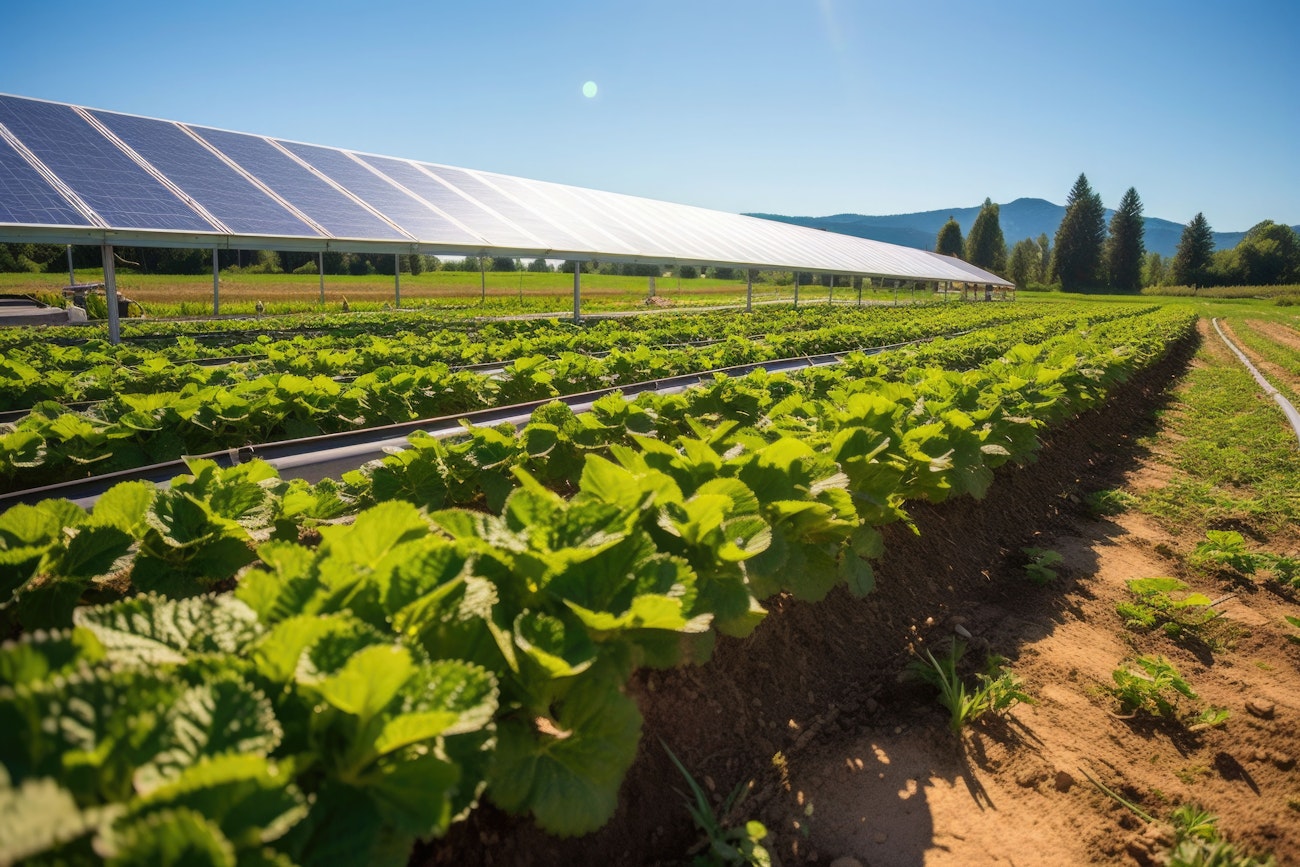
How can the UK solar industry adopt a circular economy?
The report proposes several operational enhancements and regulatory reforms to steer the UK’s PV sector towards a circular economy:
Design
Manufacturers need to think about a solar panel’s entire life cycle, beginning with the materials. The report recommends switching to halogen-free and lead-free components, along with materials that are easier to disassemble and recycle (like PET or polyolefins for backsheets instead of traditional fluorinated material).
Transparency is also essential. Manufacturers should be mandated to list all materials used, especially hazardous components, to make recycling and reuse truly effective. Regulations are moving in the right direction in this regard. The upcoming Digital Product Passport could soon provide complete lifecycle tracking, allowing the industry to track a product’s environmental impact from cradle to grave.
Reverse logistics
The report recommends tighter point-of-entry monitoring to ensure that all solar products entering the UK comply with environmental regulations. Preventing non-compliant materials from entering the waste stream in the first place is key to effectively managing the reverse flow.
Instead of relying on council-run waste collection systems (which are often less efficient for handling specialized items like solar panels), the solar industry should work with local governments to develop professional recycling systems that allow licensed installers to collect and process end-of-life PV modules.
Policy innovation
The government needs to re-evaluate and update existing policies to encourage environmentally friendly practices within the solar industry. This report recommends several policy changes:
Eco-modulation fees could be implemented to make circular materials more attractive and disincentivize less sustainable alternatives.
Repowering fees could discourage operators and users from prematurely replacing PV systems before the end of their economic lifespan. Revenue generated from these fees could support reuse initiatives and mitigate the environmental impact of early replacements.
The UK should consider providing grants, tax breaks, or subsidies to companies involved in recycling PV modules. This support will help offset the costs of recycling infrastructure and technology development.
Solar products registered in the MCS database should be made eligible for reuse (particularly in lower-risk, ground-mounted community energy projects) after initial technical checks by authorized MCS personnel.
Authorities should also consider removing solar panels from WEEE regulations and instead conduct an impact assessment for comprehensive EPR legislation. This approach would address current weaknesses in WEEE, such as the inconsistent definition of “producer,” which leads to non-compliance and free-riding.
Enhancing data and transparency
Finally, the report recommends data sharing among developers, compliance schemes, and regulators like Ofgem to track material flows and system efficiency.
The solar industry also needs a centralized database to monitor repowering activities. This database will help verify compliance with waste management and recycling regulations, monitoring accountability at every stage.
Latest stories
Related posts
Market analysis
The rise of utility-scale PV + storage plants in Italy
Discover how Italy’s latest policies and auctions are driving utility-scale solar and battery storage projects to meet ambitious 2030 targets.
Updated 4 DEC, 25

Market analysis
From sun to socket: What Iberia’s grid needs to handle 2030 renewable targets
Discover how Spain and Portugal are upgrading their grids to meet ambitious renewable targets and prevent future blackouts.
Updated 25 NOV, 25
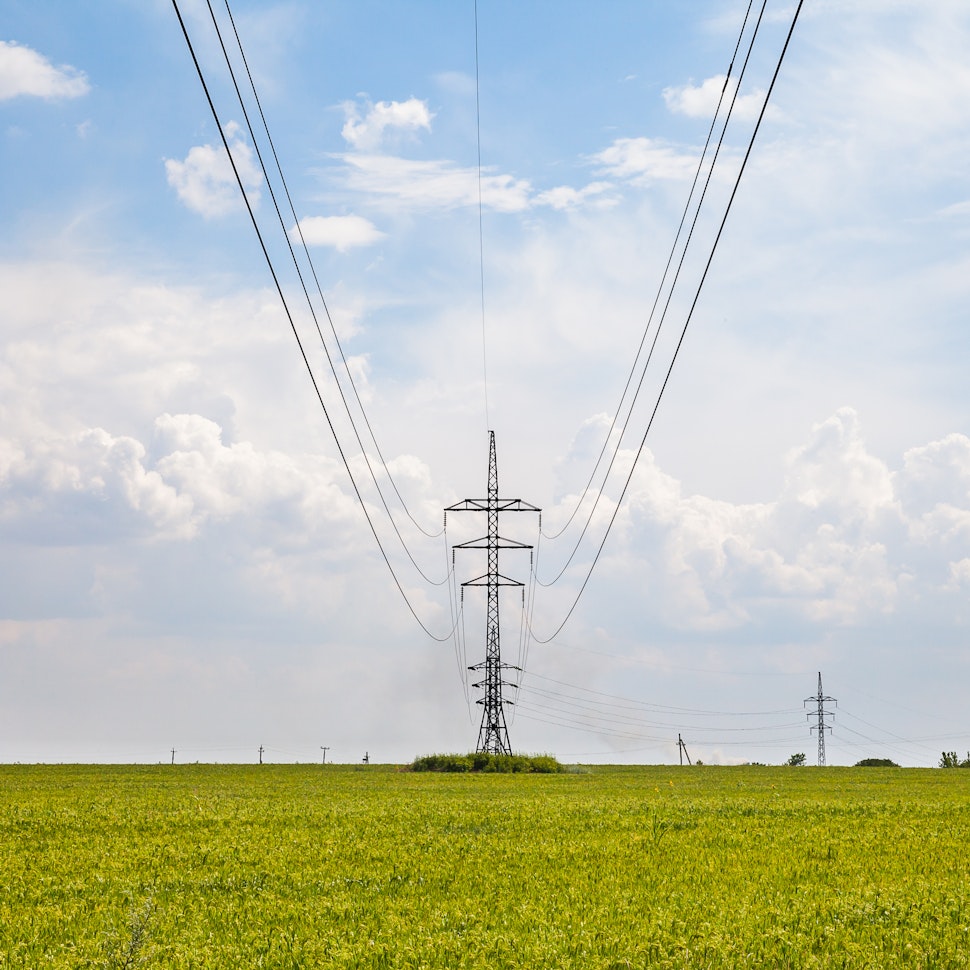
Market analysis
France’s land challenge in the solar energy boom
Explore why France’s solar expansion faces land-use limitations, local resistance, and complex permitting, despite having space to grow.
Updated 18 NOV, 25
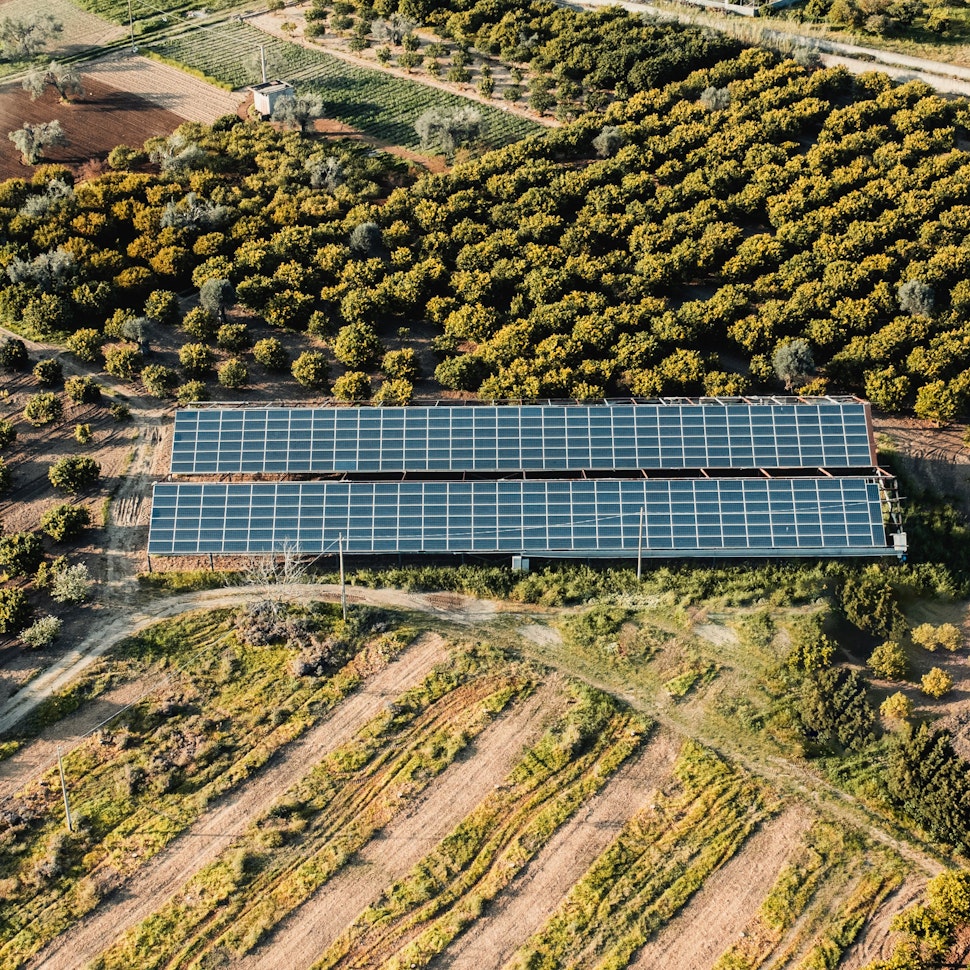
- RatedPower
- Solar energy blog
- How circular is the UK solar industry in the face of significant growth?
 Watch a demo
Watch a demo Ask our AI Product Expert
Ask our AI Product Expert

